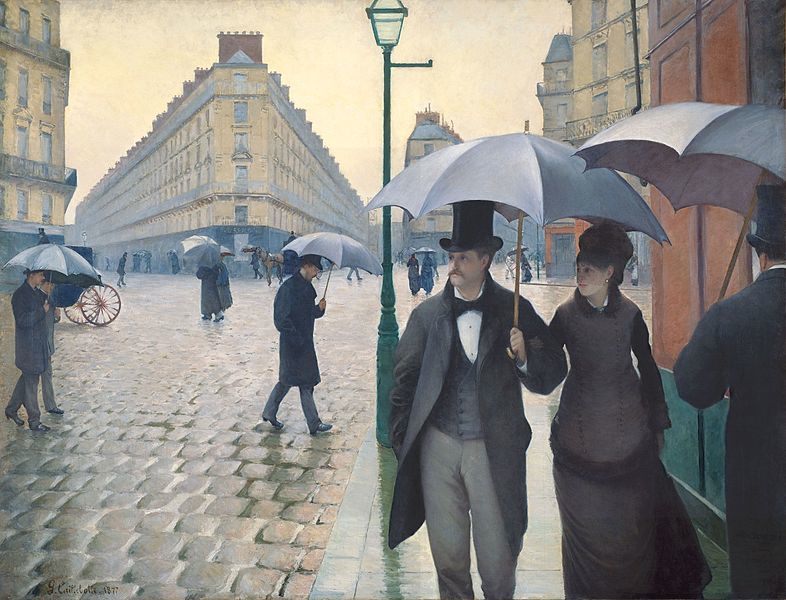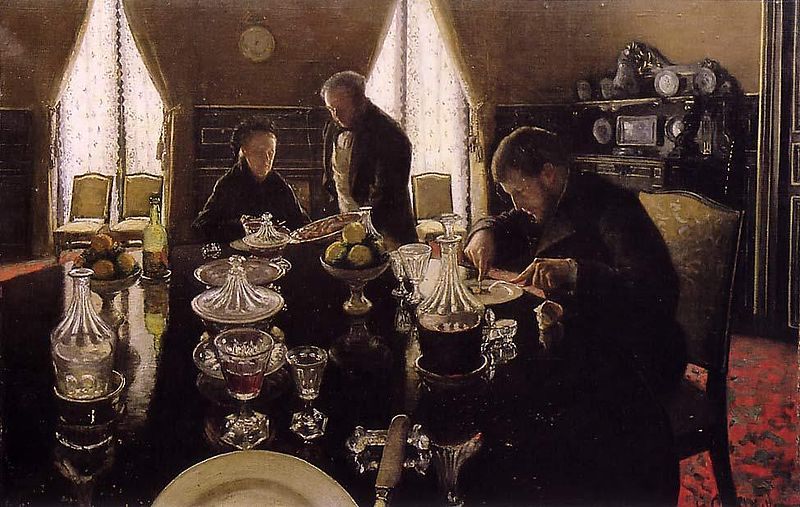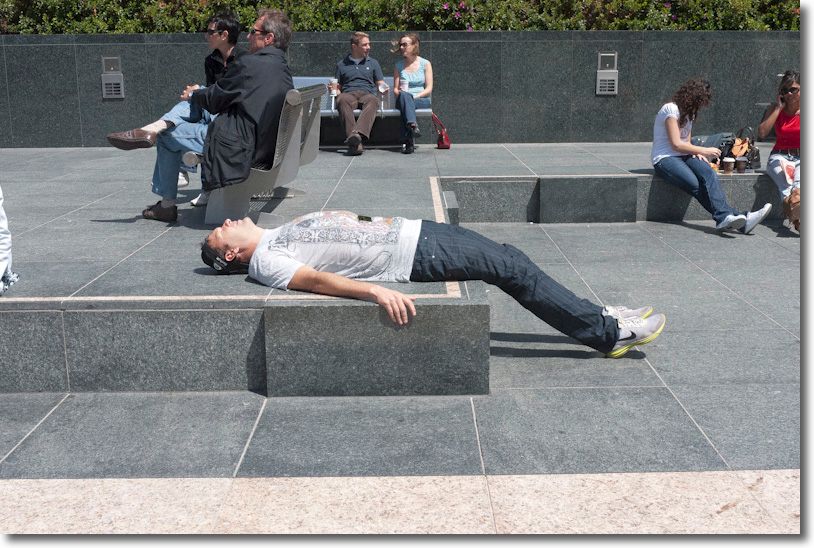A street snapper amongst painters.
If you are of the persuasion that Renoir’s confections are nausea-inducing, but one step removed from the modern horrors of Thomas Kinkade, then like me you may find yourself hewing to the astringent vision of Gustave Caillebotte (1848-1894).
As Paris became the city we know, magnificently laid out with wide boulevards and mansard roofs, Caillebotte was there to record the most perfect city in the world. He had no need to paint for a living, having inherited a fortune, but as history has shown time and again, poverty is not a qualification for great painting – or photography. For every impoverished Monet I can show you a wealthy Degas. For every Doisneau struggling to make the grocery bill, there’s a Cartier-Bresson enjoying his balcony view of the Tuileries.
And both Degas and Caillebotte were very much infused with a photographic vision, the street paintings of both replete with photographic framing and decisive moments all over the place, long before HC-B saw the light of day. Caillebotte’s best known canvas is his ‘photograph’ of a rainy day in Paris in 1877:

The passerby on the right is cut off by the frame and the horse drawn carriage largely obscured at the left. Caillebotte loved the vision photography made possible but lacked access to gear with the technological prowess required for snapshots. The perspective in the painting is very much at the wide angle end of the spectrum – he was seeing through a 21mm lens.
Nor was Caillebotte’s technique less than the finest. Look at this magnificent use of backlighting and the rendition of glass worthy of the finest from the Dutch school:

Modern photographic vision thinks nothing of compositional techniques which seemed so shocking back then. The reality is that we have all learned from the French street painting masters.

In San Francisco. G1, kit lens at 18mm, 1/2500, f/5, ISO 320.

In San Francisco. G1, kit lens @ 18mm, 1/1600, f/5, ISO 320.